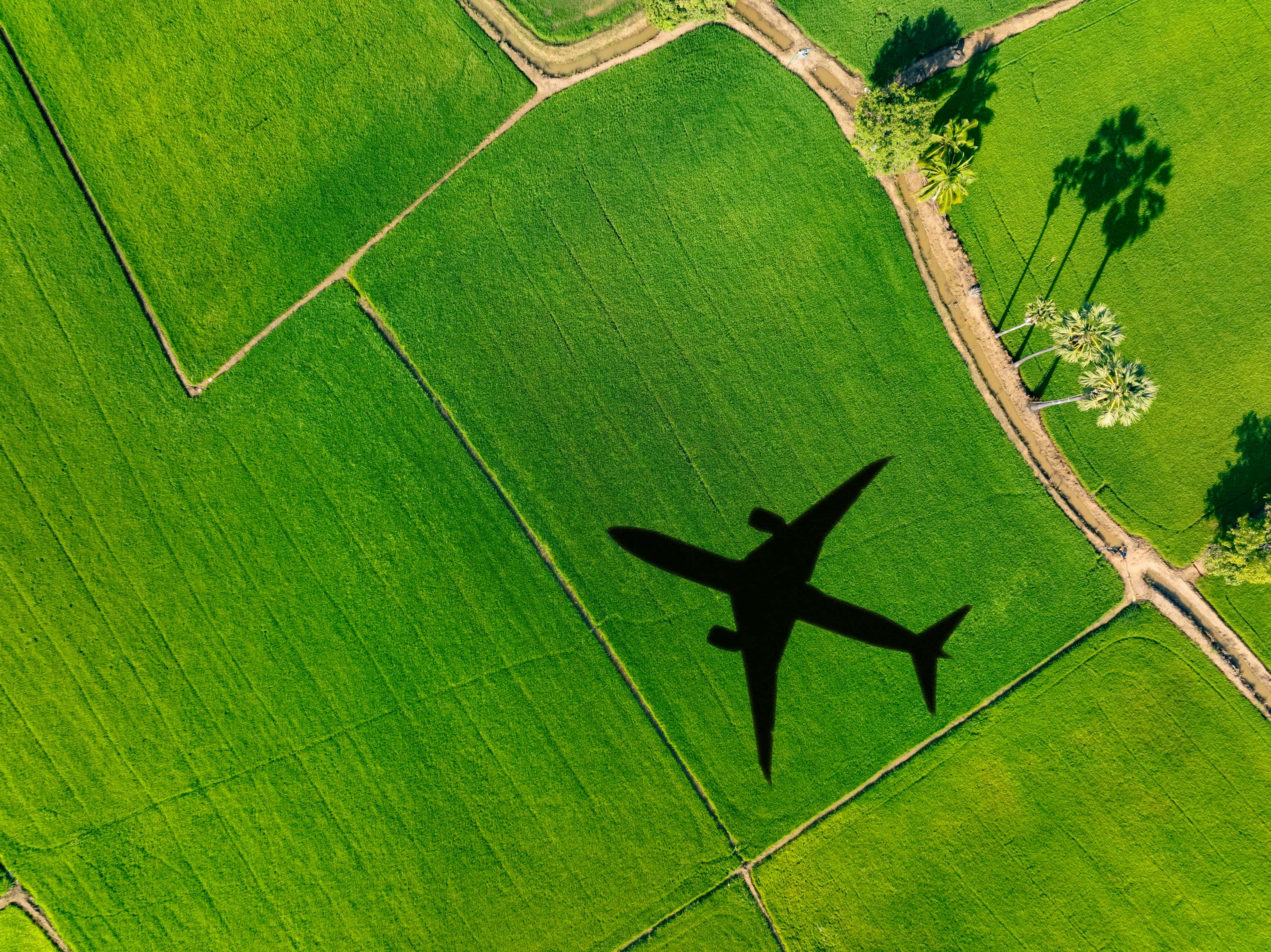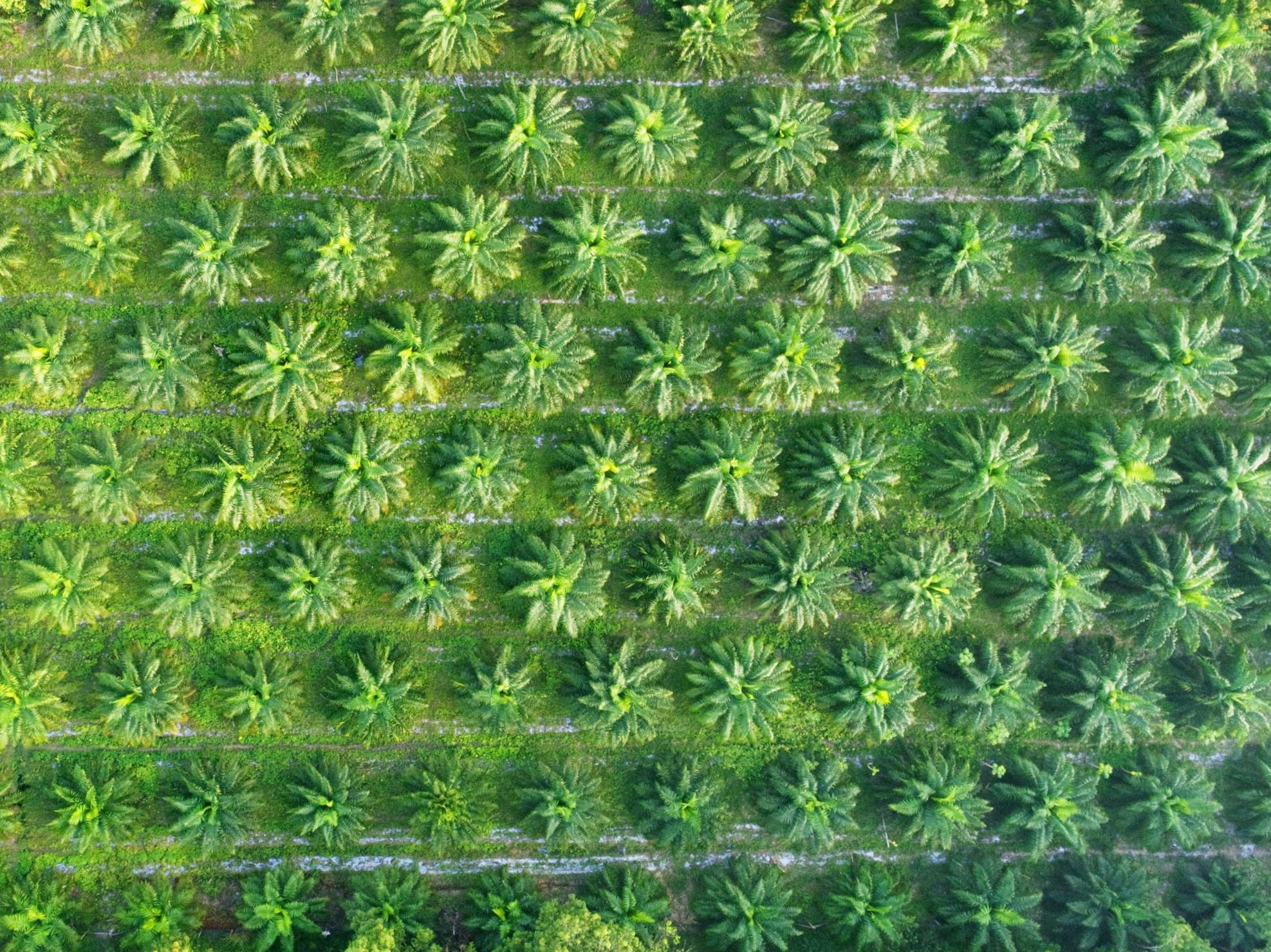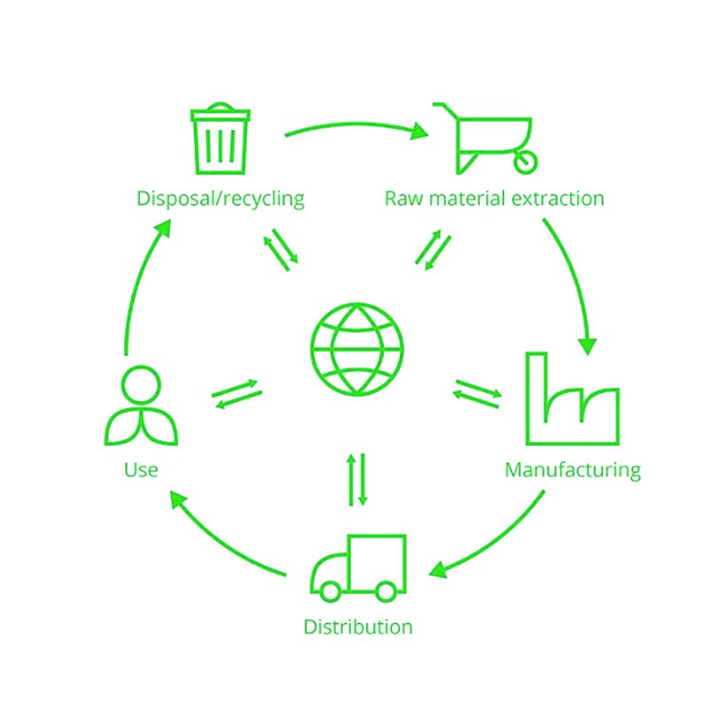What SAF Means for
Decarbonizing Aviation:
SAF is a critical tool for reducing aviation emissions and is already in use today, albeit in limited quantities. While scaling SAF production remains a challenge, the industry is actively working to unlock its full potential.




